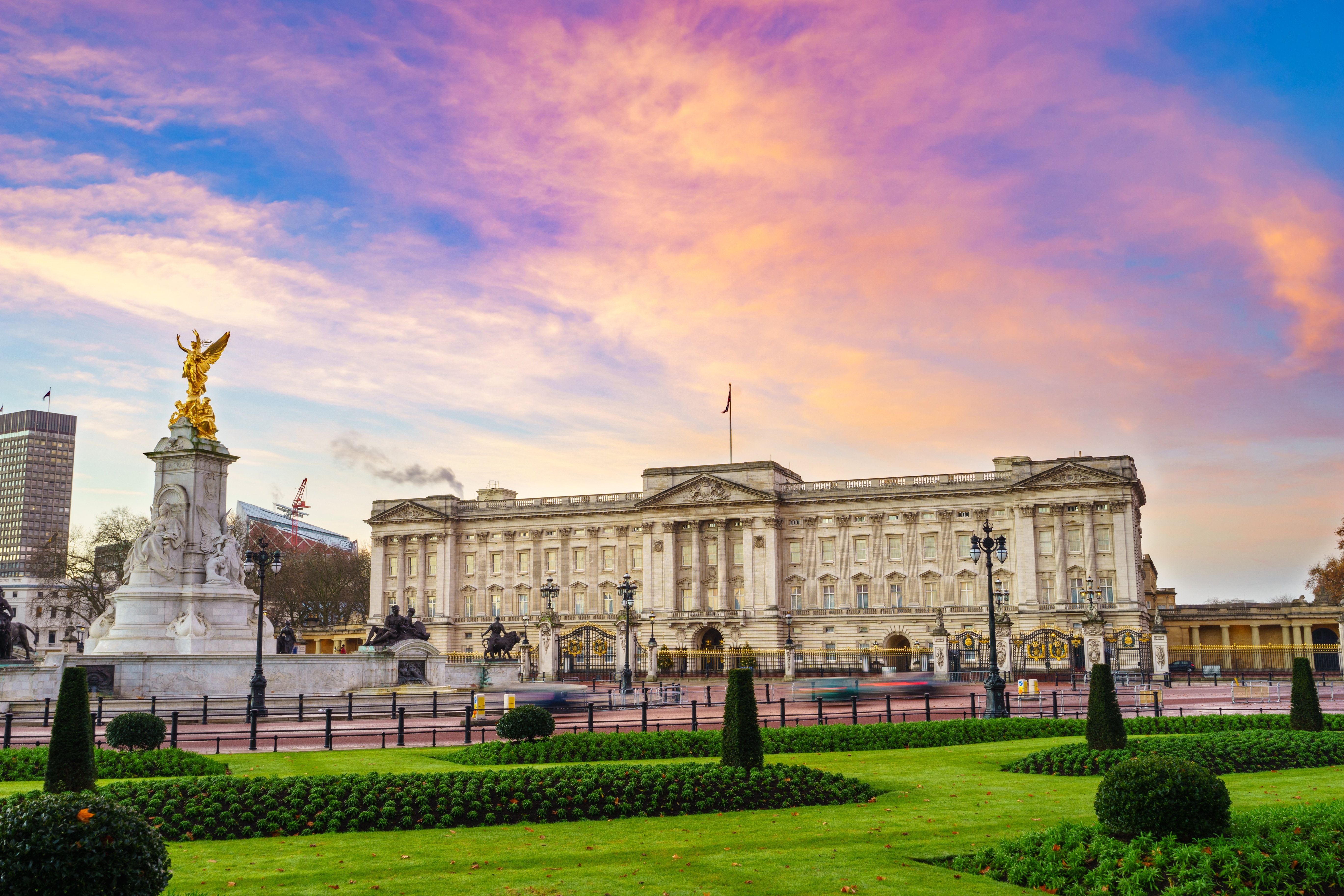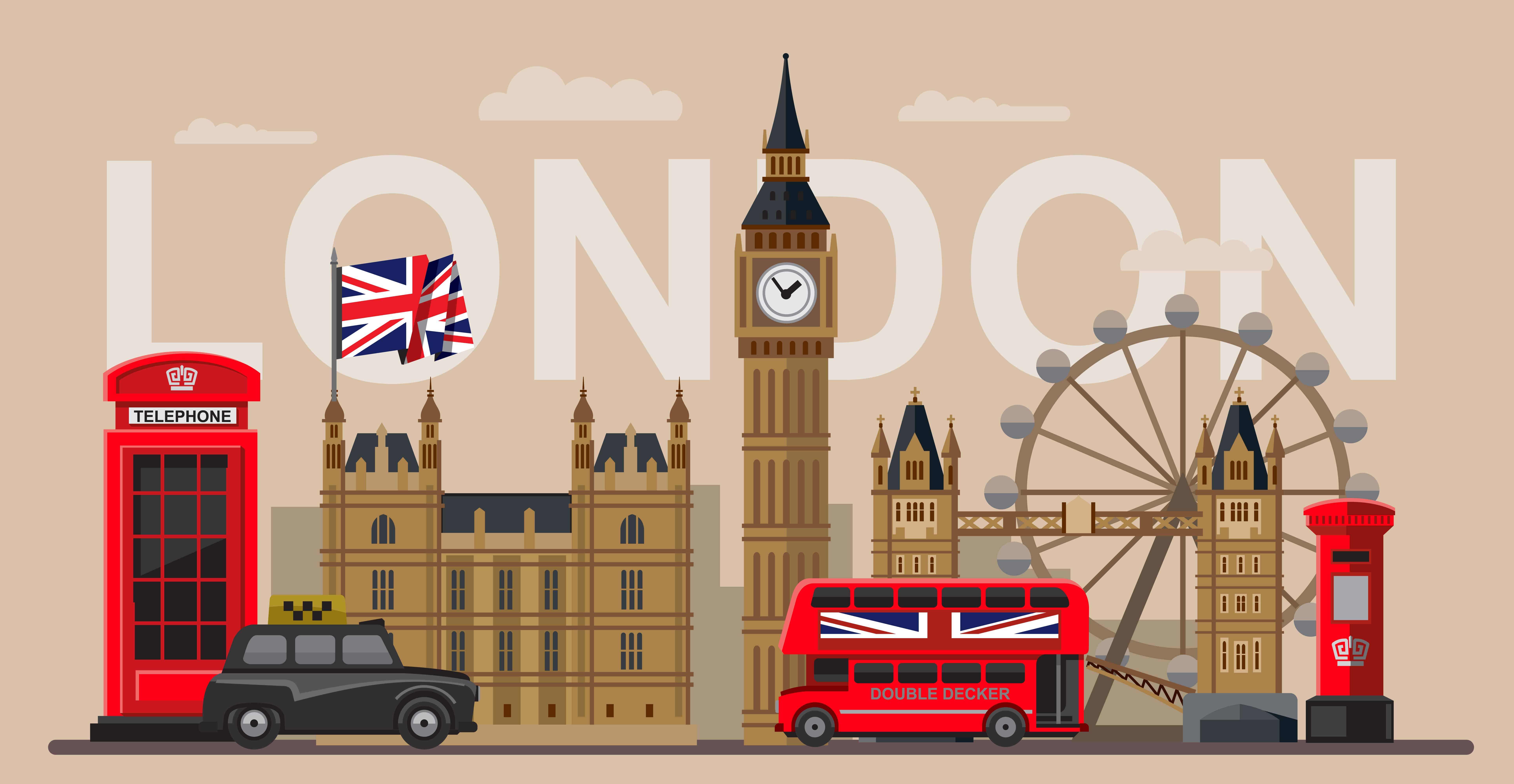A Buckingham Palota titkai - érdekességek angolul, szószedettel és feladattal!
We’re taking a look at some little-known facts about the royal residence.
1. The basics
It’s a pretty big place, consisting of 775 rooms (including 19 State rooms, 52 Royal and guest bedrooms, 188 staff bedrooms, 92 offices and 78 bathrooms). The Ballroom is the largest room (36.6m long, 18m wide) and opened in 1856 to celebrate the end of the Crimean War.
The garden is the largest private garden in London, covering 39 acres.
The staff — all 800 of them — can make use of the Court Post Office within the Palace, run by Royal Mail. The Palace even has its own ATM, as confirmed by the Queen’s bank manager, and rumour has it that there’s a swimming pool, doctor’s office and cinema in there too.
2. The tunnel rumours
Rumours of tunnels linking Buckingham Palace to various other parts of London are prevalent. As we’ve already said, it’s unlikely that a tunnel exists linking the palace to the tube. An underground link-up with Whitehall and the Houses of Parliament is plausible, given the warren of Whitehall tunnels that is known to exist, but unproven.
Other unproven rumours include a tunnel between the palace and Clarence House, and a branch of the Post Office Railway running right under the Palace.
3. London’s oldest helicopter pad
The garden is the oldest helicopter pad in London… sort of. A helicopter was first landed in the garden just before the Queen’s Coronation in 1953, not on an official helipad, but in a helicopter landing area, which continued to be used for many years.
Nearly 50 years later, in 2000, the Royal family had had enough of the lawn being destroyed by helicopter landings, so an official helipad was built in the gardens. A concrete helipad was considered far too unsightly, so the Royal helipad is created from a layer of matting underneath grass.
By comparison, the heliport at Battersea opened in 1959, and London’s Air Ambulance has been operating from the top of the Royal London in Whitechapel since 1989, putting Her Majesty wellaheadof the trend in helicopters.
4. Royal births and deaths
Only one monarch was both born in the palace and died there: Edward VII. More recently, Queen Elizabeth II, gave birth to the Prince of Wales and Prince Andrew at the palace.
5. Oldest part
The oldest part of the palace is the wine vaults located below the west wing, dating back to 1760. Back then, it was known as Buckingham House, and belonged to the family of the Duke of Buckingham, which is where it got its name. In 1761, George III acquired the building for the royal family, although it didn’t become an official royal residence until years later.
6. Down by the river
The ‘lost’ River Tyburn runs right below the Palace, although it’s now more of a sewer than a river. Diamond Geezer reckons it passes “underneath the front courtyard and beneath the south wing”, but we don’t fancy going down there to confirm it.
7. Dogs rule
We all know that the Queen loves corgis, but according to royal journalist Brian Hoey’s 2011 book, Not In Front Of The Corgis, they rule the roost:
The Queen’s Corgis are allowed unrestricted access to any part of any Royal residence; nowhere is off-limits…They also are not fully house-trained so a supply of soda water and blotting paper is kept at hand just in case of any ‘little accidents.’
8. The balcony
The famous balcony has hosted various members of the royal clan on all manner of occasions, including as the site of a 34-year-old Prince William getting a telling off from Granny.
The tradition of the Royals appearing on the balcony began with Queen Victoria, who made an appearance there for the opening of the Great Exhibition in Hyde Park in 1851.
The appearance at the end of the Trooping the Colour celebrations was a tradition introduced by George IV.
9. Nearly a museum
Buckingham House, which once stood on the spot where the palace now stands, was once considered as a potential site for the British Museum, but it was considered too expensive.
10. Mulberry bushes
Buckingham Palace is the holder of the National Collection of mulberries. The whole Palace is built on a site where King James I had a mulberry garden planted in an attempt to rear silkworms in the 1600s — he was unsuccessful.
11. Why Marble Arch was moved
Marble Arch now sits at the north east corner of Hyde Park, but it was originally built in front of Buckingham Palace.
Queen Victoria was the first sovereign to use the palace as her official residence, and it soon became clear that it wasn’t large enough for hosting official visitors. So, Marble Arch was moved in order for the fourth wing of the Palace to be built where it once stood.
12. Behind the scenes
When a state banquet is held at the palace, it can take up to five days to put together the banqueting table and lay it up ready for the occasion. The Queen personally inspects the setup herself.
13. During the war
Buckingham Palace wasn’t immune to the effects of the Blitz. It was hit nine times, some of them when King George VI and Queen Elizabeth (later the Queen Mother) were in residence.
The Palace Chapel was destroyed by a direct hit in 1940, at which Queen Elizabeth was reported to have said “I’m glad we’ve been bombed. It makes me feel I can look the East End in the face.”
source: londonist.com
Do you remember? Can you answer the questions?
1. Who rule the roost in Buckingham Palace?
2. How many rooms does Buckingham Palace consist of?
3. Which monarch was born and died in the Palace?
4. Buckingham House was once considered as a potential site for the ……
5. ……. was originally built in front of Buckingham Palace.
Key
1. The Queen’s corgis.
2. 775 rooms.
3. Edward VII.
4. British Museum
5. Marble Arch
Vocabulary
|
staff |
személyzet |
|
acre |
hold (terület mértékegység) |
|
to confirm |
megerősíteni |
|
rumour has it |
azt beszélik |
|
tunnel |
alagút |
|
prevalent |
elterjedt |
|
tube |
metró |
|
link-up |
összeköttetés |
|
plausible |
hihető |
|
warren |
labirintus |
|
unproven |
nem bizonyított |
|
branch |
mellékvonal |
|
helicopter pad/helipad |
helikopter leszállóhely |
|
coronation |
koronázás |
|
lawn |
gyep |
|
to destroy |
tönkretenni |
|
concrete |
beton |
|
unsightly |
csúf, csúnya |
|
layer |
réteg |
|
matting |
sás, nád |
|
underneath |
alatt |
|
by comparison |
összehasonlításként |
|
wine vault |
borospince |
|
duke |
herceg |
|
to acquire |
szert tenni valamire |
|
sewer |
csatorna |
|
to reckon |
úgy vélni |
|
courtyard |
udvar |
|
we don’t fancy |
nem kívánunk, nincs kedvünk |
|
to confirm |
megerősíteni |
|
they rule the roost |
ők az urak, ők irányítanak |
|
to be allowed |
meg van nekik engedve |
|
unrestricted access |
korlátlan hozzáférés |
|
off-limits |
tiltott terület |
|
house-trained |
szobatiszta |
|
blotting paper |
itatóspapír |
|
at hand |
kéznél |
|
onall manner of |
mindenféle, minden típusú |
|
telling off |
leszidás |
|
to make an appearance |
megjelenni, bemutatkozni |
|
Trooping the Colour |
őrségváltás |
|
mulberry |
eperfa |
|
in an attempt to |
kísérletképpen, megkísérelve |
|
to rear |
tenyészteni |
|
silkworm |
selyemhernyó |
|
unsuccessful |
sikertelen |
|
sovereign |
uralkodó |
|
Blitz |
villámháború/II. világháborús bombázás |
|
direct hit |
közvetlen találat |





.jpg)
